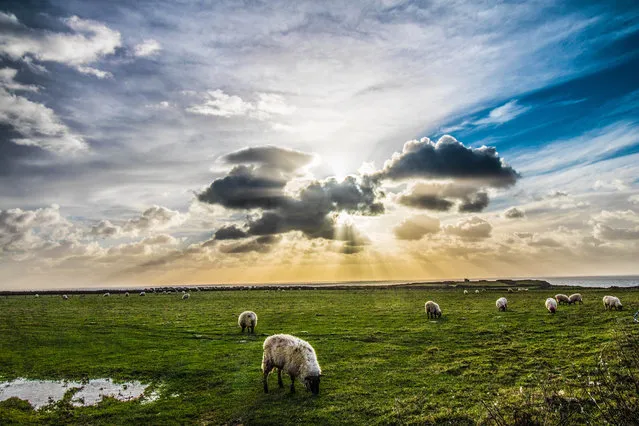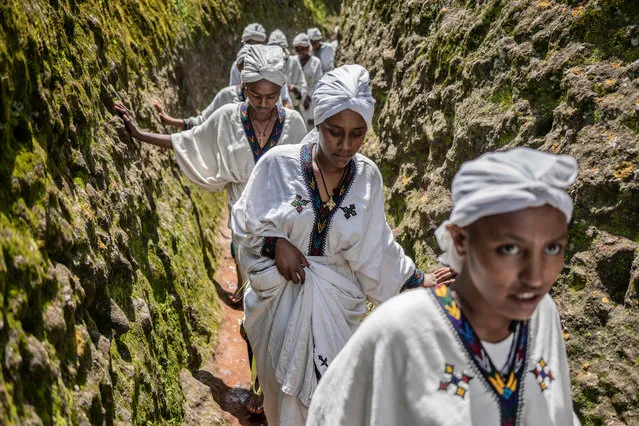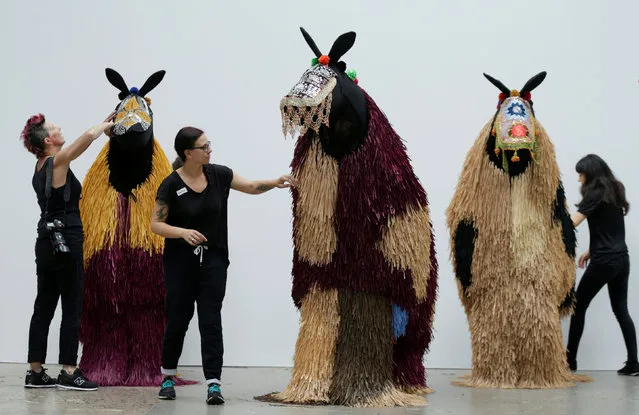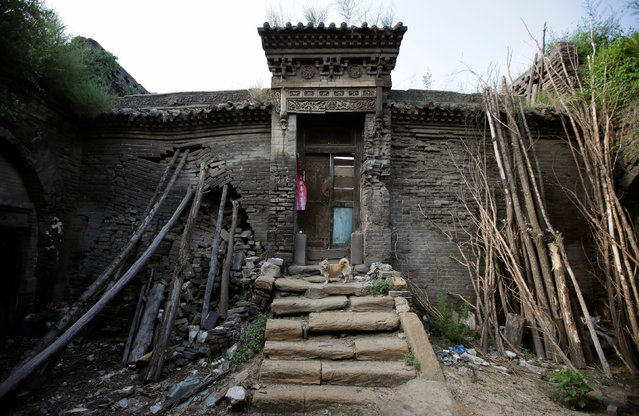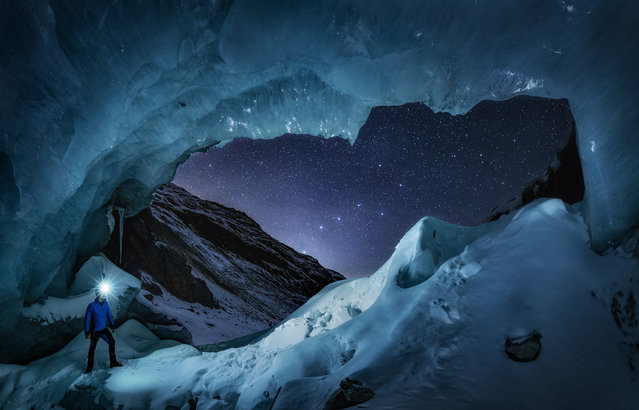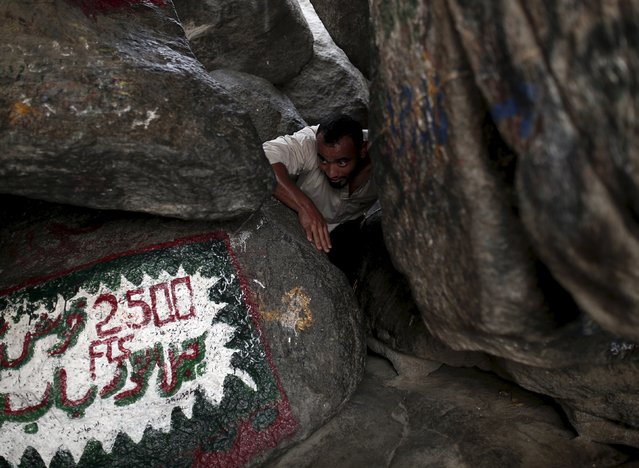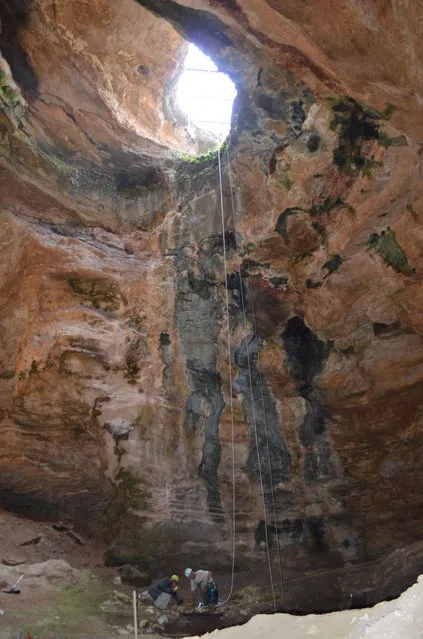
Visitors are seen with giraffes on a bus at Safari Park in Kanchanaburi Province, Thailand, January 19, 2020. Kanchanaburi in western Thailand an area known for its waterfalls and caves. (Photo by Rachen Sageamsak/Xinhua News Agency/Eyevine)
23 Feb 2020 00:03:00,post received
0 comments

